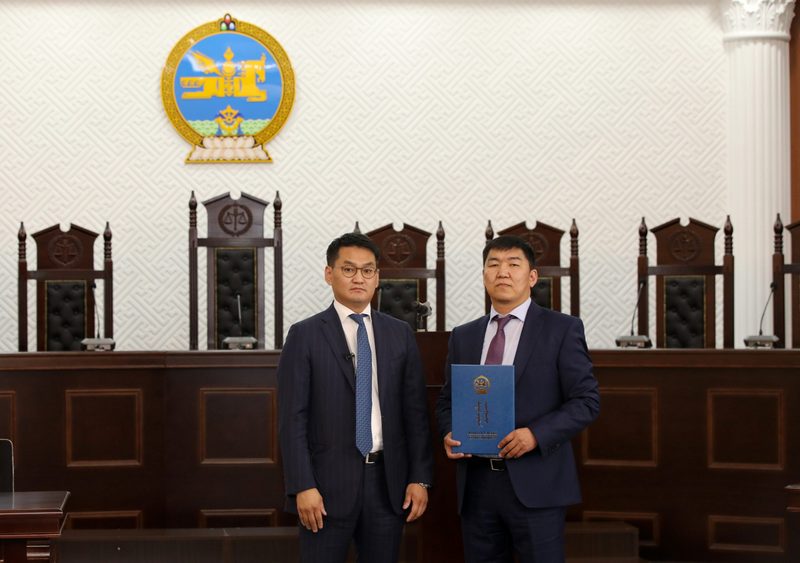history
Decision to establish first instance courts in 5 aimags, 3 cities, and 71 khosuuns was made with the approval of Law on Reorganization of Courts by 15th sessions of the Cabinet members of Mongolia and the 21st session of Presidium of the State Khural of 16th April, 1926.
The Cabinet members’ 48th session of December 24, 1926 decided to establish the Supreme Court and commence the activity from 1st of January 1927. The decision of the Presidium of the State Baga Khural of January 7, 1927 acknowledged the establishment of the Supreme Court of Mongolia.
1992
In 1992, the Constitution of Mongolia proclaimed the principle of equality of the state power and recognized independent court as the only institution to exercise judicial power. Ever since, the reform of judicial system is being implemented to strengthen further the judiciary.
In 1993, the Law on Court was enacted to apply the provisions of the Constitution and to meet the requirements of socio-economic new relations of a society. The enactment of this law that legally defines courts modern structure and organization, and regulates new relations of a society played significant role in reforming judicial system and court activity.
1993-2002
During a period from 1993 until the 1st of September, 2002 the Judicial system of Mongolia consisted of following courts:
- Soum, Inter-soum and District or the first instance court
- Aimag and City courts or appellate and supervisory court
- Supreme Court or appellate and supervisory court
The Supreme Court was comprised of a Chief Justice, Chairmen of Chambers for Criminal, Civil and Administrative Cases and 14 justices , totally 17 justices.
2002-2013
Under the Law on Courts which was renewed in 2002, the structure and organization of the Mongolian judiciary is consists of:
- Soum, Inter-soum and District or the first instance court.
- Aimag and City court or appellate court
- Supreme Court or supervisory court.
The Supreme Court of Mongolia is the highest judicial organ of the State and the court of last resort. The Supreme Court is comprised of a Chief Justice and 16 Justices and its jurisdiction is exercised by three Chambers: Criminal, Civil and Administrative Chambers. The main duty of each is to adjudicate cases under their jurisdiction and provide professional guidance to judges. These Chambers are established by decision of the Supreme Court and their membership is approved by the Chief Justice.
 Монгол
Монгол English
English
